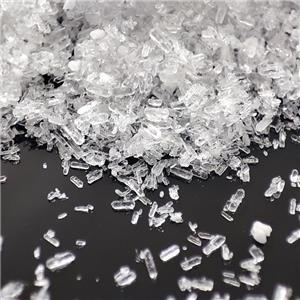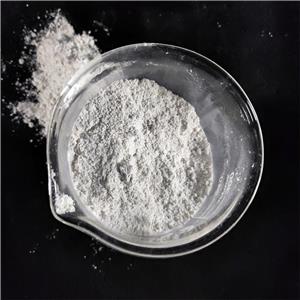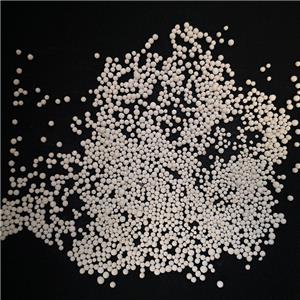What is talc used for in paint?
Paint grade talcum powder (magnesium silicate hydroxide) is a widely used mineral additive in the paint and coatings industry due to its unique physical and chemical properties. Paint grade talcum powder serves multiple functions, from improving paint performance to reducing production costs. Below is an expanded discussion on its uses, mechanisms, and impact on different paint formulations.
1. Paint grade talcum powder as an Extender Pigment
Function:
Paint grade talcum powder acts as an inexpensive filler, partially replacing high-cost pigments like titanium dioxide (TiO₂) while maintaining adequate opacity and coverage.
Paint grade talcum powder enhances dry hide (the ability of paint to obscure underlying surfaces after drying) by optimizing light scattering.
Technical Benefits:
Cost Efficiency: Talc Powder for industrial paints Reduces formulation costs without significantly compromising quality.
Improved Whiteness: Fine Talc powder grades contribute to brightness in light-colored paints.
Synergy with TiO₂: Talc Powder for industrial paints Helps disperse titanium dioxide more effectively, improving pigment efficiency.
2. Enhancing Paint Durability & Performance
Scrub and Wear Resistance
Talc Powder for industrial paints’s plate-like particle structure forms a reinforced paint film, increasing resistance to scrubbing and abrasion—critical for interior wall paints in high-traffic areas.
Talc Powder for industrial paints Reduces burnishing (undesirable gloss formation) when cleaned repeatedly.
Adhesion Promotion
Talc Powder for Paint Industry Improves bonding to substrates (e.g., drywall, wood, or previously painted surfaces).
Talc Powder for Paint Industry Particularly useful in primers and undercoats where surface attachment is crucial.
Crack Bridging & Flexibility
Talc Powder for Paint Industry Helps prevent cracking in thicker paint films by providing micro-reinforcement.
In exterior paints, Talc Powder for Paint Industry can contribute to weather resistance by reducing moisture penetration.
3. Controlling Sheen & Finish
Matte and Flat Paints
Waterproof coating talcum powder particles diffuse light rather than reflecting it uniformly, making it ideal for low-sheen and ultra-flat finishes.
Used in ceiling paints, where glare reduction is essential.
Semi-Gloss & Satin Paints
In moderate amounts, Talc powder helps balance gloss levels without making the paint appear too shiny or too dull.
Works alongside other matting agents (e.g., silica) to fine-tune reflectivity.
4. Rheology Modification & Paint Application
Thickening & Anti-Sag Properties
Waterproof coating talcum powder increases viscosity, reducing drips and sagging when applied on vertical surfaces.
Enhances brushability—allowing smoother application with less effort.
Suspension Stability
Prevents heavier pigments (e.g., colorants) from settling at the bottom of the can.
Works synergistically with other rheology modifiers (e.g., clays, fumed silica).
5. Texture & Surface Smoothness
Fine Talc powder(5–20 µm)
Talc powder Used in high-quality interior paints for a smooth, velvety finish.
Talc powder Minimizes surface imperfections when applied over drywall or wood.
Coarse Talc powder(20–75 µm)
Talc powder Adds slight tooth to primers, improving sandability and intercoat adhesion.
Talc powder Used in textured coatings (e.g., stone-effect paints, stucco-like finishes).
6. Cost Reduction & Formulation Efficiency
Waterproof coating talcum powder is significantly cheaper than TiO₂ and other functional additives, making it a cost-effective bulking agent.
Waterproof coating talcum powder Allows manufacturers to maintain performance while keeping retail prices competitive.




